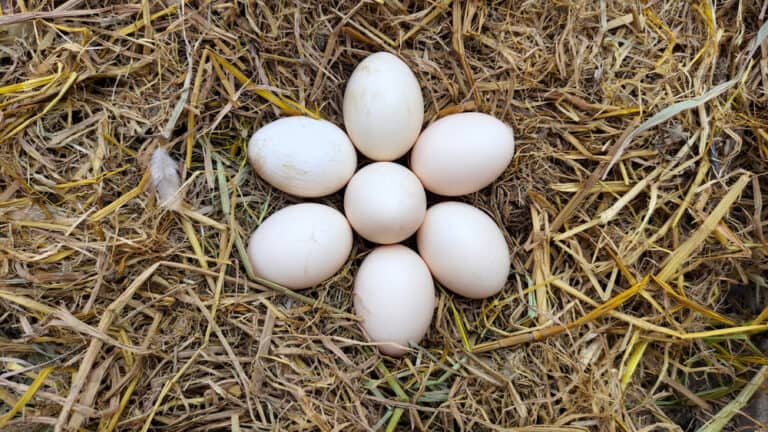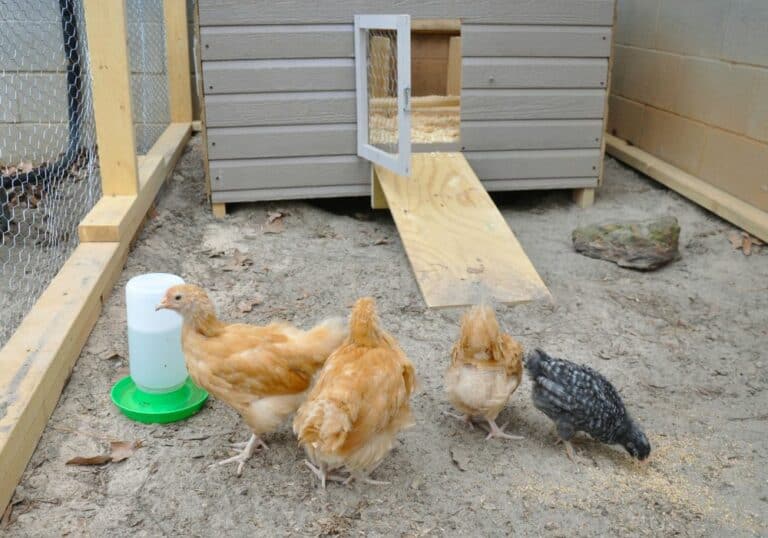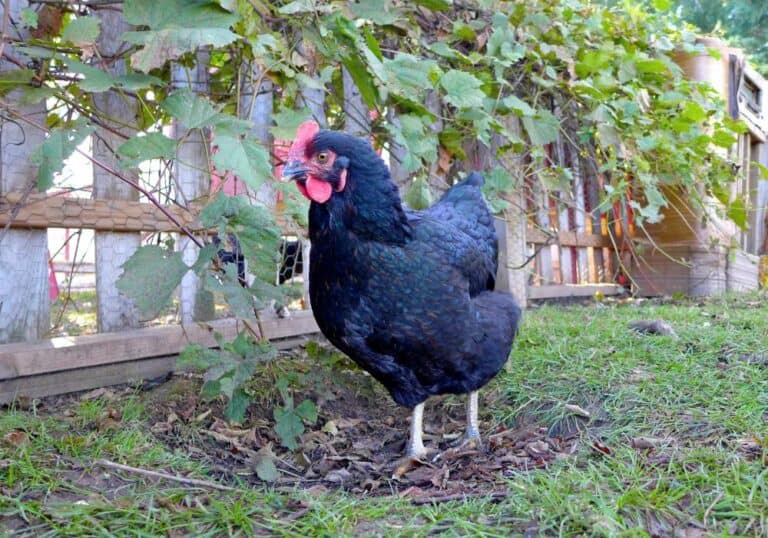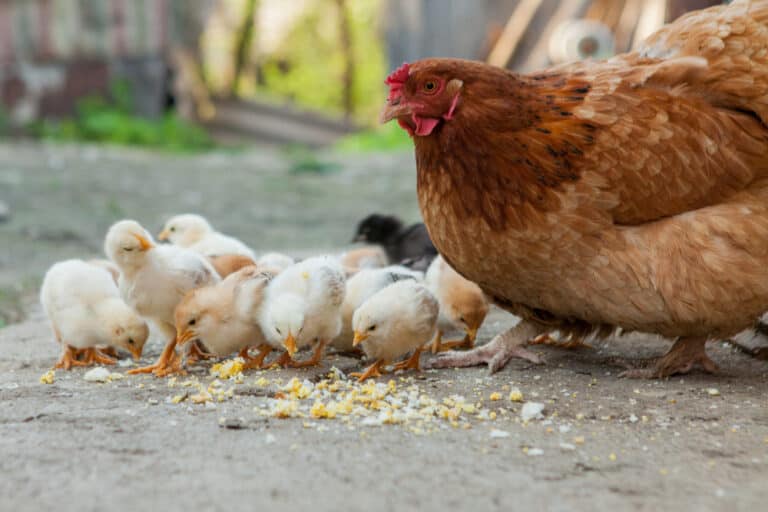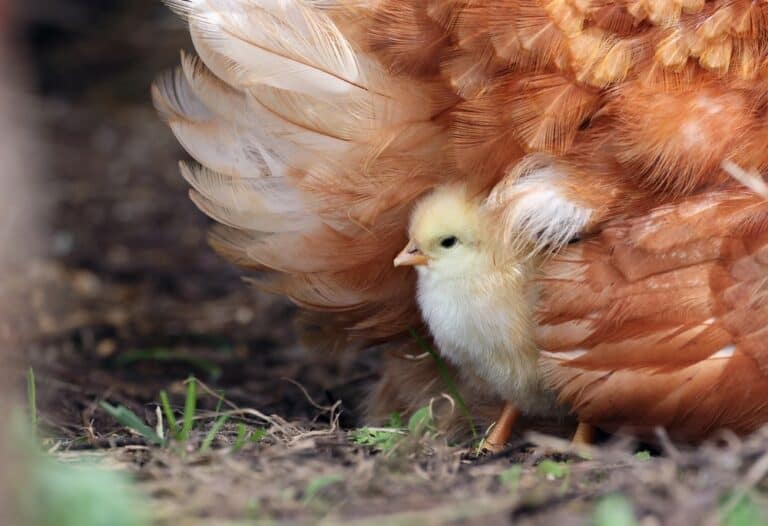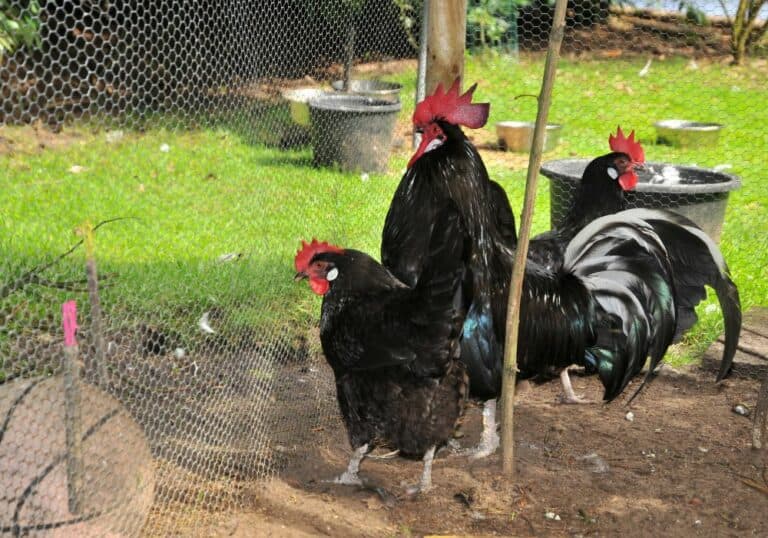As with any animal, chicken poop can tell you a lot about their health. With that in mind, you’re probably wondering what healthy and unhealthy chicken poop looks like? Thankfully, we have all the info you need!
Analyzing chicken poop can be difficult, as a change in color can sometimes be caused by illness, but it could be just a change in their diet. Here we’ll take a closer look at what unhealthy poop looks like and what you should do about it. Let’s get started!
What is Normal Chicken Poop?
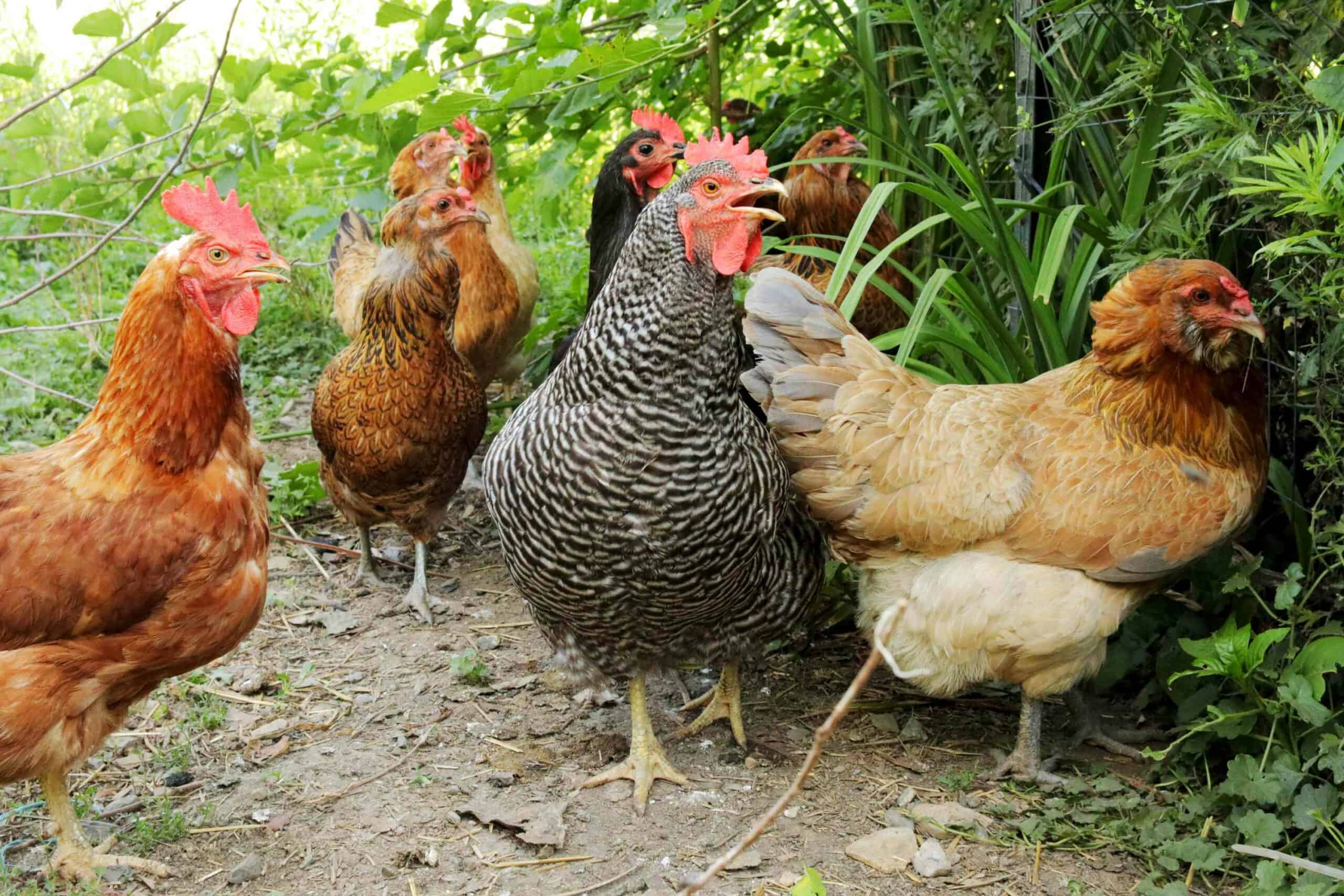
Depending on several factors, chicken poop can come in a wide range of different colors, so it’s important to first think about what does normal chicken poop look like? The answer is that it’s not too dissimilar to dog poop.
It should be brown, and while it can come in a variety of shades, darker brown poop is the most common. Its consistency is fairly solid, but an important difference is that it often has a white sticky material on top of it.
Chickens urinate and poop (and lay eggs!) all out of the same hole. The darker brown material is obviously their poop with the white part being their urine. That white acidic part comes out last, so it is usually on top of the rest of the excrement.
While this is the most common chicken poop, it can often change. It’s important to note that a change of color or texture may not always mean that they are unhealthy. However, it can be an indicator that there’s a problem.
How Chickens Digest Food
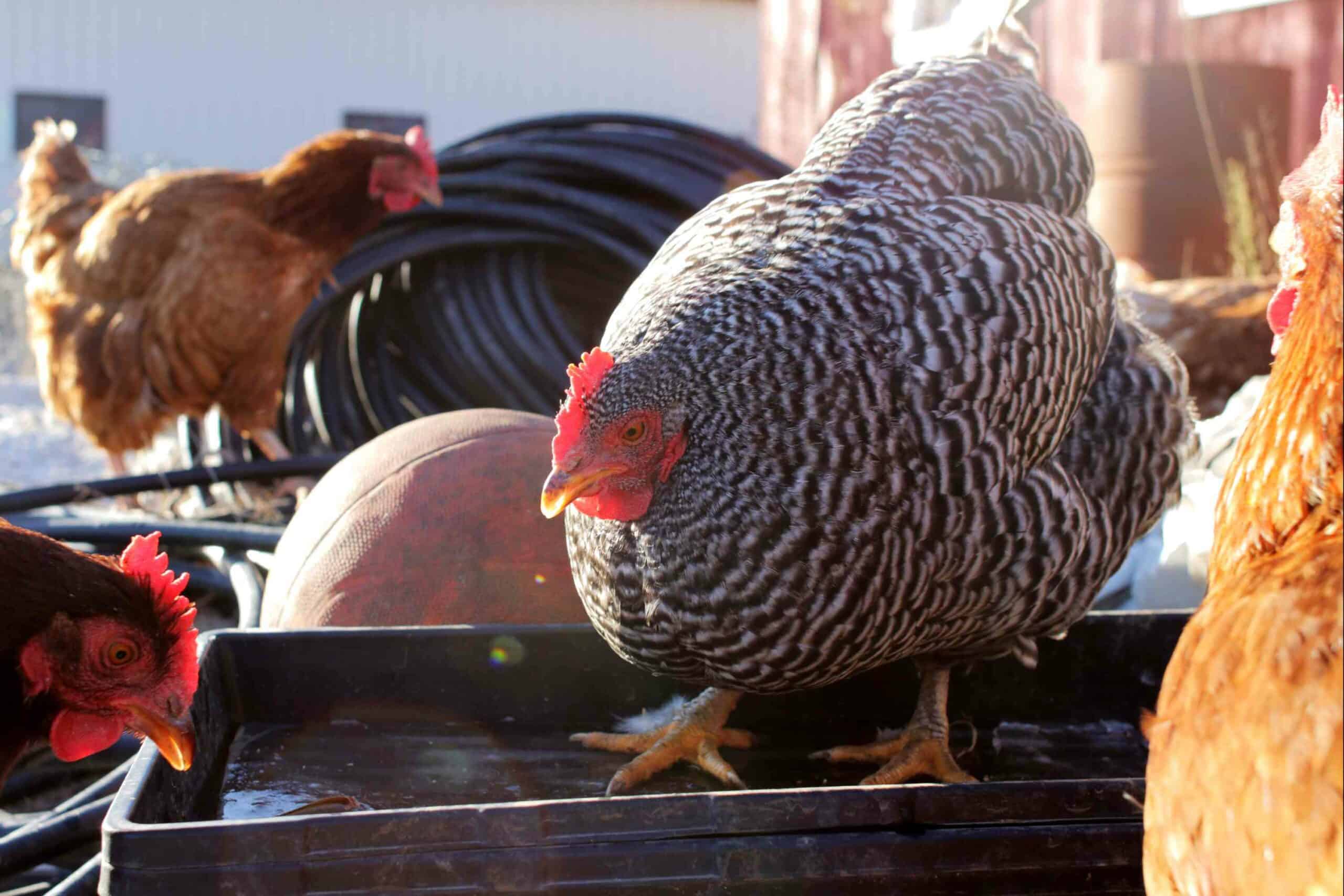
Before knowing what unhealthy chicken poop looks like, it’s worth having a brief overview of how chickens digest their food. There are five main stages in total which are quite different from how humans digest food.
- Crop – The crop is kind of like a storage area that sits at the base of the front of the chicken’s neck. You can easily feel the crop on your chicken, especially when it’s full. Here the food sits for a time while enzymes start to break it down.
- Gizzard – Once it has started to be broken down in the crop, the food will move into the gizzard. Chickens don’t have teeth so here they’ll grind up their food with grit they’ll have previously ingested. This will ensure the food is broken up before it goes to the intestine.
- Intestines – As with us humans, the intestines will absorb nutrients from the food as it passes through. This is almost all done in the small intestine, as a chicken’s large intestine is quite short.
- Ceca – The ceca is the second part of the absorption process. Further nutrition will be taken from the food after it has been fermented. The ceca is separate from the main digestive tract and branches off from the intestine.
- Cloaca – Finally, the poop will travel through the large intestine and exit out of the cloaca. When it does, hopefully, it’s a healthy brown color!
What Different Colors and Consistencies of Chicken Poop Means
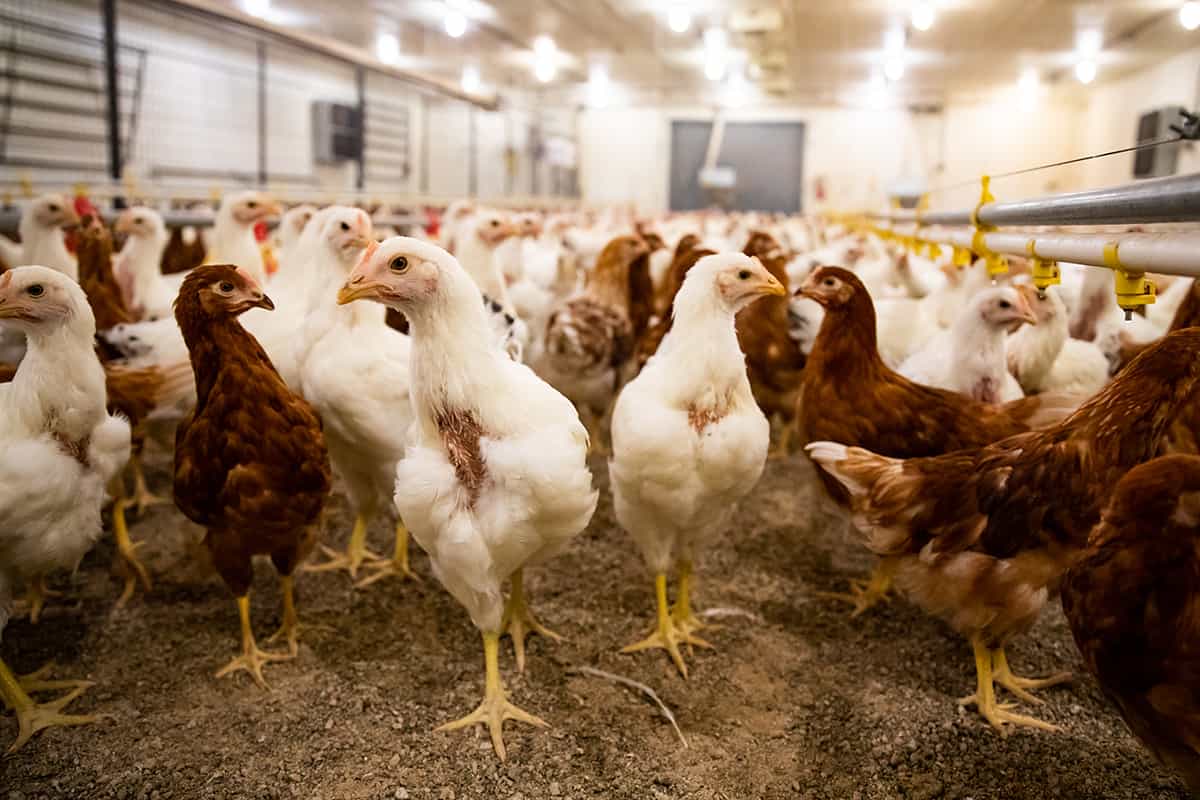
What does an unhealthy poop look like? Well, it can depend. If it’s not the brown color as stated above with solid consistency, there’s a chance it can be an unhealthy poop. Here we’re going to look at the different colors and consistency of poop, and what they mean.
1. Very Large Chicken Poop
Before we get on to colors, let’s talk about what it means if you see your chicken having a much larger poop than usual. This almost always means that your hen is broody and not pooing as much as she usually does.
Being broody means that your hen is in motherhood mode and wants to sit on her eggs. When she does this, she’ll stay in her nesting box, only leaving it infrequently, if ever. This includes not doing her business as often as she usually does.
There is nothing to worry about her as it’s completely natural. All you’ll want to do is just remove the poop and clean her nesting box.
2. Runny or Watery Chicken Poop
Sometimes your chicken’s poop is a little runnier than usual and it’s rarely a problem. It’s often just due to eating foods that contain a lot of water or drinking more water than usual. It’s also common for the poo to have a sticky consistency.
If you see this, then it’s best to keep track of it and check what their subsequent poos look like. If they continue to be funny, then it may be a sign of health issues such as bronchitis or E.coli. However, your chicken will usually soon be back to normal after a runny poo.
If the poop is very watery then it could be a sign of kidney damage, vent gleet, or some form of internal disease. If your chicken has a dry diet with no watery treats, then it may be best to take them to the vet.
3. Black Chicken Poop
If you’re seeing black poop, then you need to look at it closely to see if it’s the color of dried blood. If so, then it could be a sign of internal bleeding which obviously is very bad news. However, it’s more likely to be just from their diet.
There are a number of foods that can cause very dark poop, with blackberries being one of them but other purple fruits can be the cause too. Their poop can also be black if they’ve eaten charcoal, which many owners add to their dust bath.
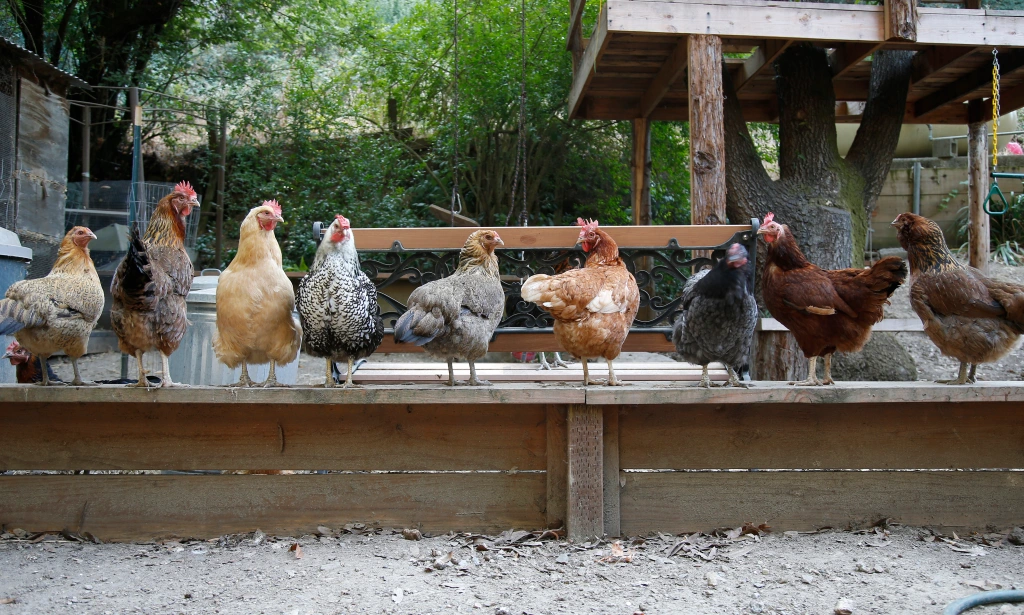
4. Teal Chicken Poop
Teal poop is almost always nothing to worry about. Here it will be because of what they are eating, such as purple cabbage or beetroot tops. It’s always best to keep an eye on their poop in case it’s something else, but there are usually no warning signs here.
5. Orange/Red Chicken Poop
From time to time, chickens will regenerate intestinal tissue and shed their old intestinal lining. This will come out in their poop in red or orange stands, which can look like blood to the untrained eye.
If it is the intestinal lining, then you have nothing to worry about. However, if you also notice a change in behavior then it could be an issue such as coccidiosis. You can actually test the droppings to see if they contain blood or not.
The easiest way to do this is by dropping them in water. If it’s blood, then it will dissolve in the water and turn a pinkish color. If it’s the intestinal lining, then it won’t dissolve in water.
6. Green Chicken Poop
As with teal poop, green poop is usually just a result of what they’ve been eating. It will take on a green tinge when they’ve been eating a lot of leafy food such as weeds, grasses, and vegetables along with any green treats you’ve been giving them.
However, the common condition of Marek’s disease can cause green diarrhea, and other health conditions can cause this too, such as worms or Avian flu. But if you’ve been given chickens plenty of green treats, it’s most likely just that.
7. Yellow Chicken Poop
There are a wide range of health conditions that can least to yellow poop from coccidiosis and infections to fowl typhoid and liver/kidney damage. But if your chicken is acting normally, then it could well be just their diet again.
Yellow poop can be the result of a diet high in protein or also eating the likes of flowers, corn, and strawberries. If the poo doesn’t have a solid consistency, then it’s more likely to be a health issue.
Should You Be Worried About Non-Brown Poop
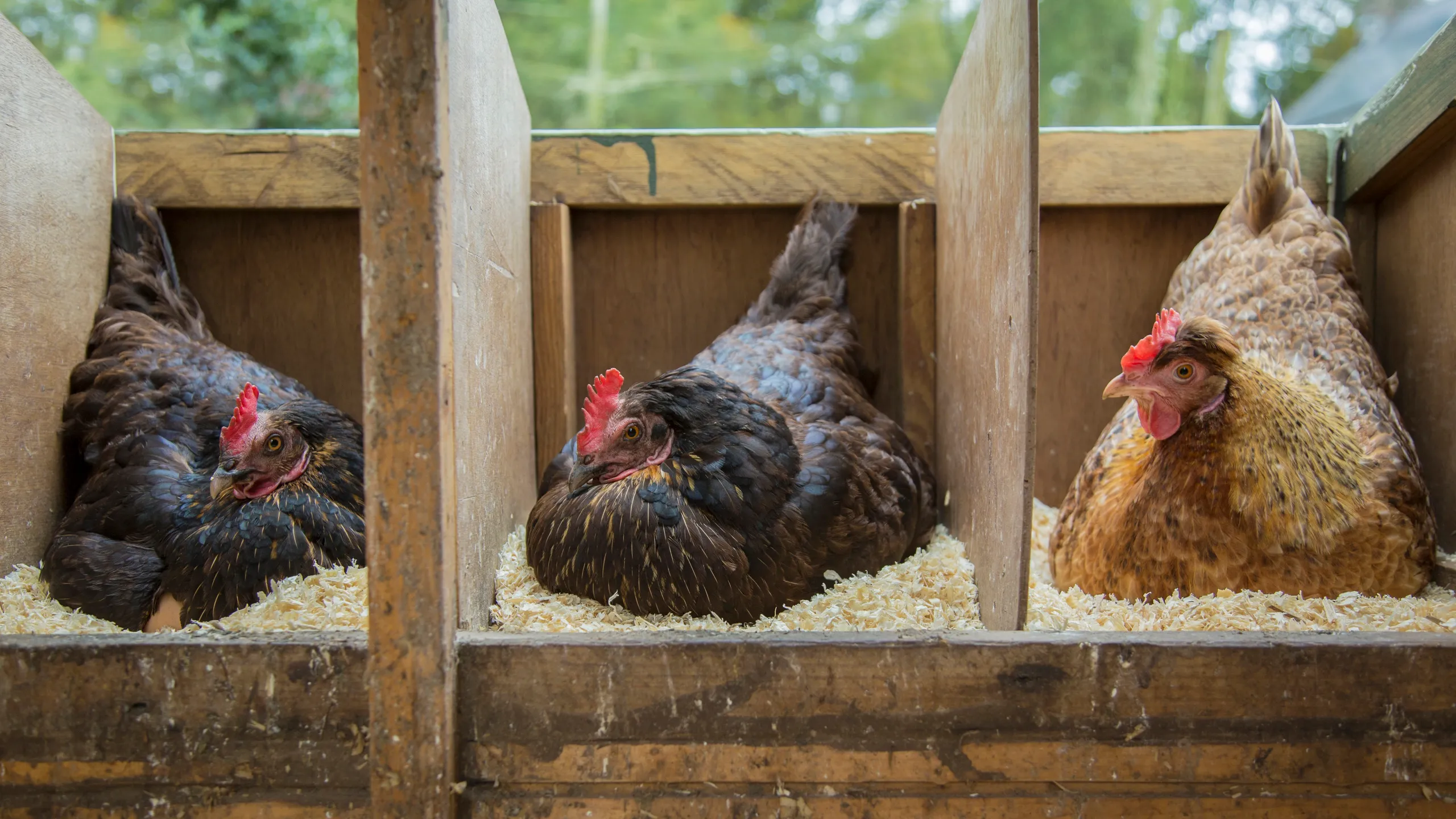
As we’ve seen here, it can be hard for an untrained eye to know what is healthy or unhealthy poop. If there is a change in its usual color, then often this is simply due to a change in diet and nothing more sinister.
Before panicking, it’s a good idea to consider what may be the innocent cause of the change of poop. More example, if you’ve recently given your chicken a lot of blackberries, then don’t be surprised if their poop suddenly becomes much darker.
However, there are a few warning signs to look out for. For example, they have yellow poop but know for certain that there has been no change in their diet. Here, it’s more likely to be a health condition but they may have just eaten something you were unaware of.
The biggest warning sign is when their change of poop is accompanied by a change of behavior. This is an indicator that something is wrong. If you are worried, then it’s best to look at their exact symptoms and get in touch with a vet.
What Does Blood in Chicken Poop Mean?
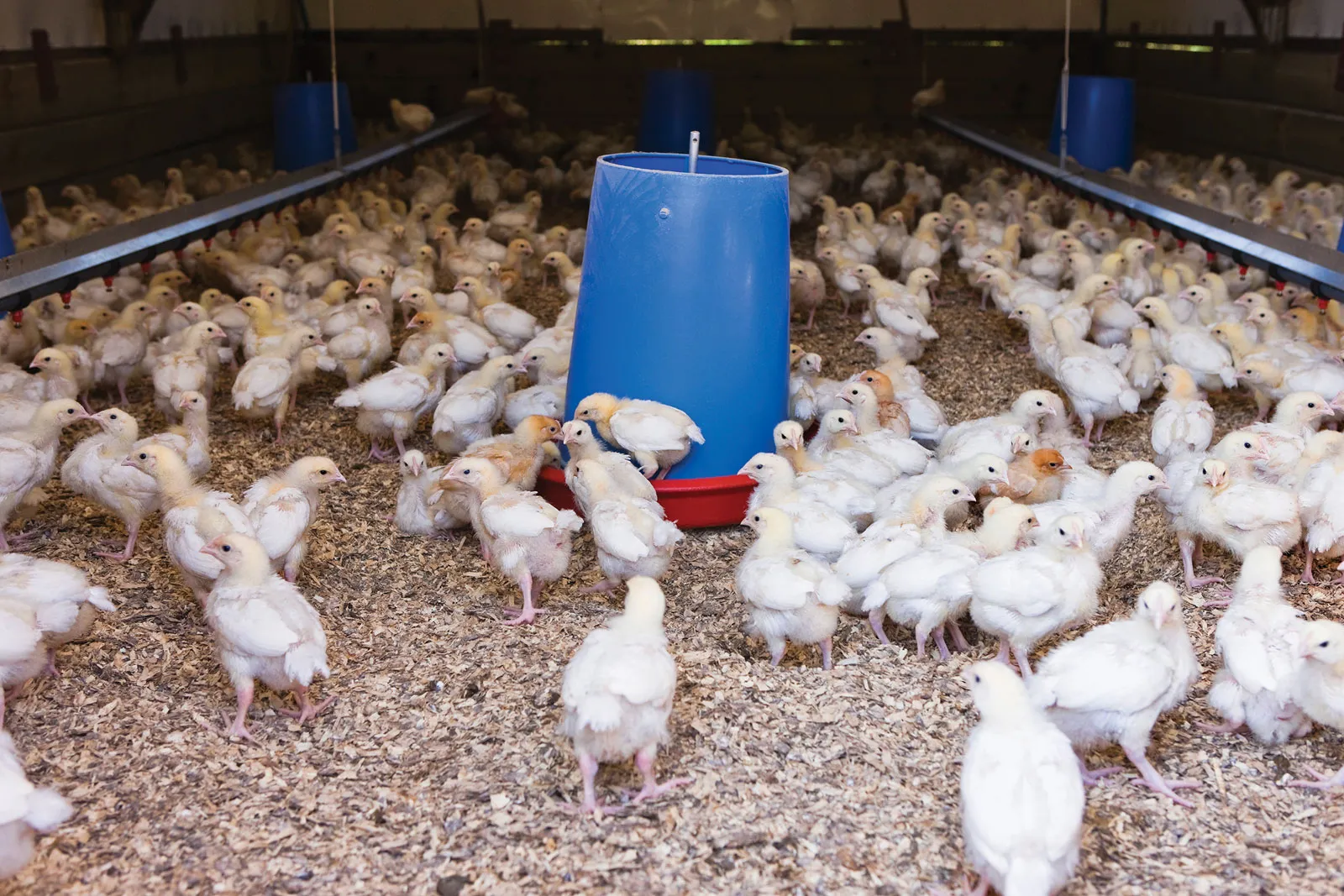
It’s not good. But before you worry, double-check that it’s blood. Is the poop just dark in color because of something they have eaten? Or is the red you’re seeing the common shedding of their intestinal lining? Check for these two things first.
If you’re still sure it’s blood, then get your chicken checked out. You can get chicken poop sent to a lab but many vets can test it as well. This can give you a diagnosis of what’s with your chicken and the potential treatment options.
The most common cause of blood in chicken poop is coccidiosis, which is a parasitic disease. While that’s the most likely cause, you shouldn’t self-diagnose. It may be another condition and your vet will give you the right advice.
Checking for Behavior Changes
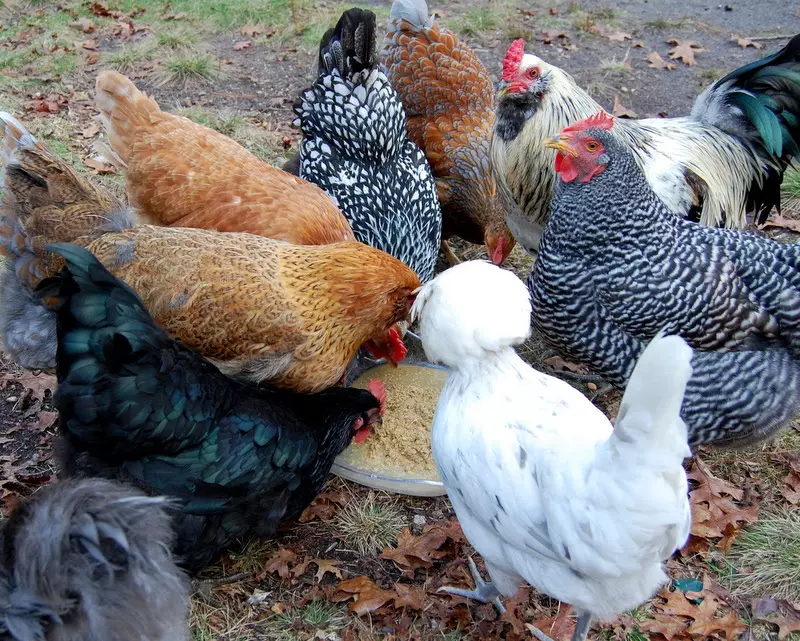
As with us humans, when we’re ill, we rarely have just one symptom. If we were dealing with a disease, virus, or infection, then we wouldn’t be going about our day as we normally would. It’s the same for chickens, which is why it’s important to look out for behavior changes. Here are a few things to look out for:
- Lack of Energy – Have you noticed that one of your chickens isn’t as active as they normally would be? If they look lethargic, then there is a chance that a health condition is sapping their energy.
- Weight Loss – As with all animals, including humans, sudden weight loss is never a good sign. It probably means she’s not eating, and their body is desperately fighting whatever is causing them pain.
- Lack of Egg Production – This can be a tricky one as egg production can drop for a few reasons such as age, being broody, or cold weather. However, if you’re seeing a dramatic drop in production with no clear reason, this could be another sign.
- Loss of Appetite – This links in with weight loss, but not always. If your chickens are refusing food, then you need to find out why.
- Hiding – Are your chickens hiding away from the rest of the crop? This is the chicken equivalent of humans spending the day in bed when they’re not well. There are showing that they have no energy and need to rest.
- Change in Appearance – There are a few changes in appearance which can be a bad sign. One of those is if their combs and wattles have become paler. Another to look out for is if they have changed their posture.
If you see one of these behaviors, combined with them having unusual poop, then you can usually put two and two together and come to the conclusion something is wrong. Check your chicken over and take them to the vet.
Conclusion
Brown with a fairly solid consistency and a white cap is the most common type of chicken poop. If you’re worried about one of your chickens being ill, then you can cross-check it against the poop of other chickens in your flock.
If there is a change in color or consistency, then the culprit is usually a change in diet. However, if you haven’t altered their diet and their change of poop is coupled with a change in behavior, then it’s best to get it checked out.

